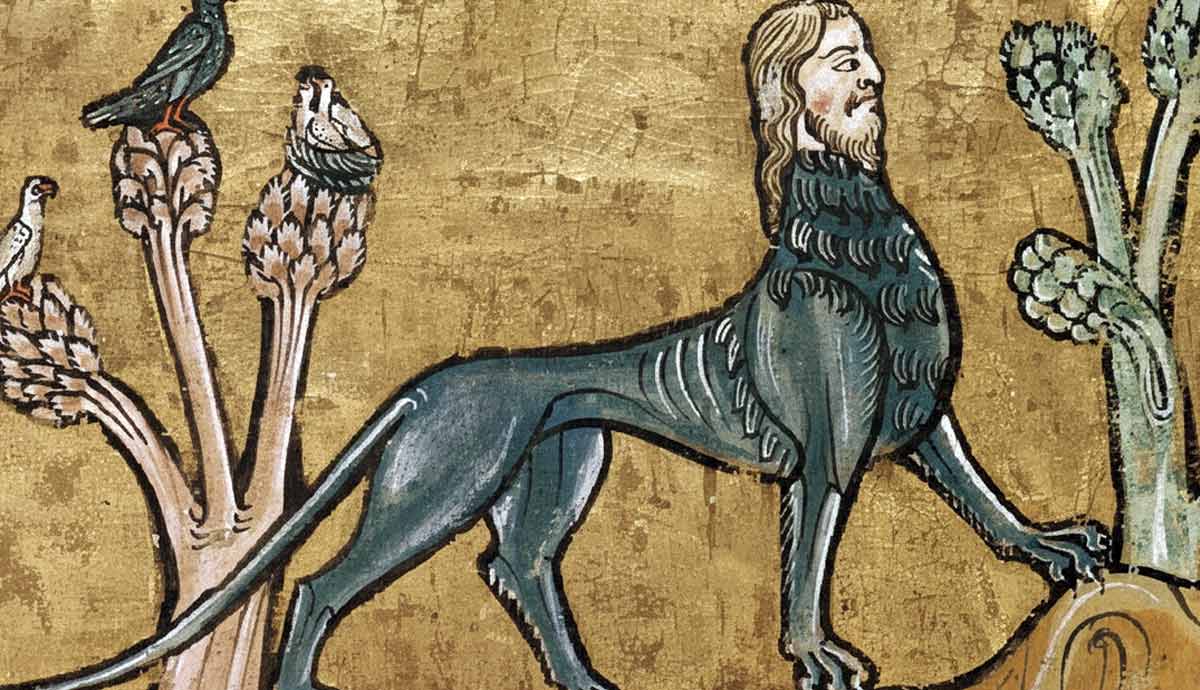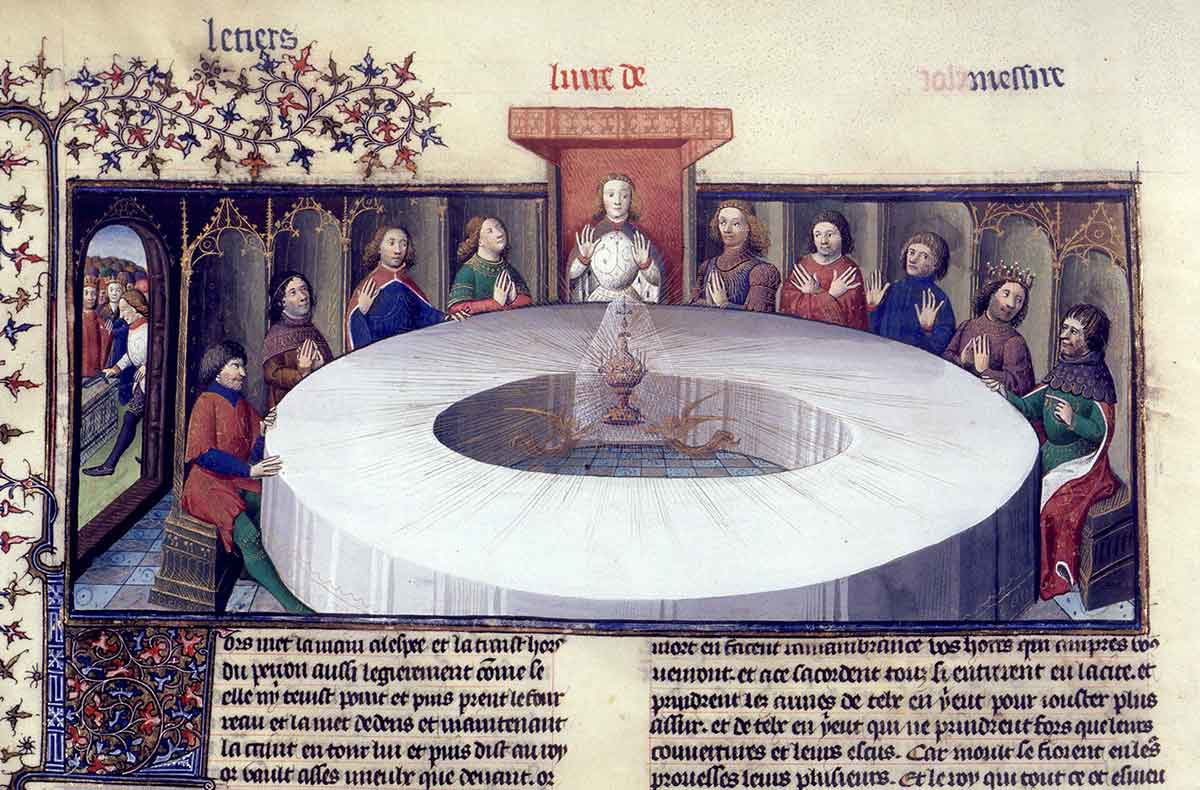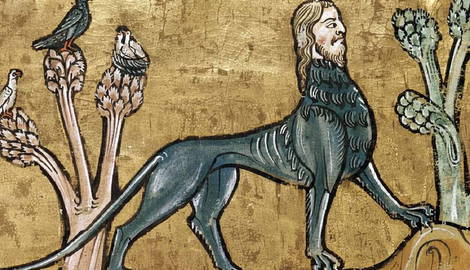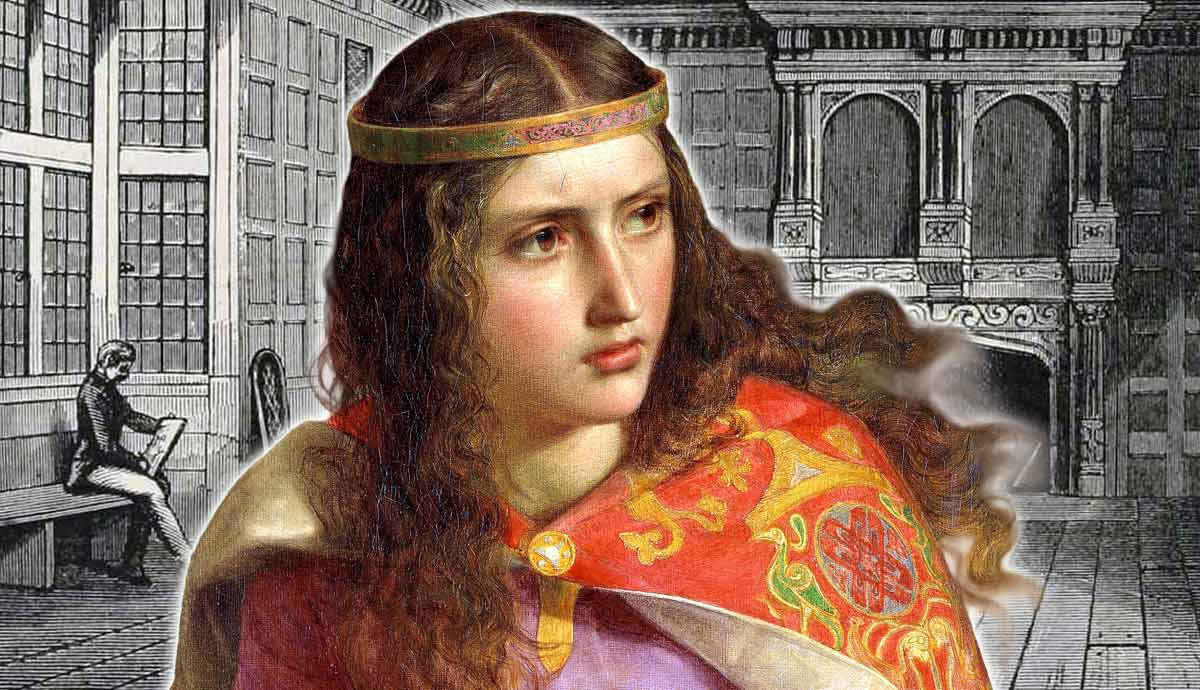
Medieval mythology is a strange mixture of fact combined with multiple retellings of a story over time, the addition of fantastic elements for entertainment purposes, and propaganda for the promotion of the people in power in church and state.
An Introduction: How Medieval Myths Developed

The starting point of medieval mythology revolves around how history was originally recorded and passed down. In modern times, we have the ability to study, interview, communicate, and determine with some degree of confidence whether or not an event took place and how it happened. However, before the rise of the printing press in the 1500s and common people being able to learn to read and write, records of history were highly limited. Mass communication and mass literacy did not exist, so many accounts were taken at face value and often embellished.
Eusebius of Caesarius

A good example of early history was the practice of Eusebius of Caesarea around 300 CE, who copied many accounts of the first few hundred years of Christianity without concern as to their validity, and many of his writings grew in the telling. While some of what Eusebius copied and recorded is suspect, without him much of what we know about early Christianity would be lost.
The Myth of Arthur

Arthurian literature is probably the most prominent mythology coming out of medieval Europe. A combination of French and English influences, combined with Christian elements place the Arthurian tales as the greatest Christian myth. One of the more mythical aspects of the Arthurian tales is the 12th-century tale Joseph d’Arimathie by Robert de Baron. De Baron claimed that Joseph, who donated his tomb for Jesus’ burial, also received the Holy Grail (the cup or bowl which Jesus served the Last Supper in, and which caught his blood at the crucifixion) from Jesus, passed the grail on to his followers who went to Britain.

The story even developed into Joseph himself traveling with the Grail to Britain, where it eventually passes to the Fisher King. Each of the elements of the Grail story are likely invented during the Medieval era.
Myths of Saints
Saint Christopher

Various tales of saints, some of whose existence cannot be proven, developed throughout the medieval period. One of the more prominent mythological saints is St. Chrisopher, who supposedly lived in the mid-200s CE and allegedly attempted to carry an infant Christ across a river. However, nothing is written of him until the 500s CE out of Greece, and many of the tales surrounding him developed later.
Saint George

Another prominent mythical Saint is St. George, the famed dragon-slayer and soldier. Little is actually known regarding George, who may have been a Roman soldier and Christian who died under the persecution of Emperor Diocletian in the 300s CE. Other than his martyrdom, many other tales regarding George are likely false, such as the tale of St. George and the Dragon, written in the 11th century.
Myths That May Actually be (Partially) True
Saint Nicholas

While the development of Nicholas of Myra into the gift-giving Santa Claus arose out of medieval mythology, some of the core parts of Nicholas’ story may be true. Nicholas of Myra was a real bishop, and likely attended the Council of Nicaea, and the story of his dowry gifts is early enough that at least part of the story may be true.
Saint Patrick

While some of the stories of St Patrick are also fantastical – such as ridding Ireland of snakes, or fasting for forty days on a mountaintop – he really was captured by pirates as a youth and sold into slavery. He also significantly impacted Ireland in spreading the gospel to the pagan population on the island.








